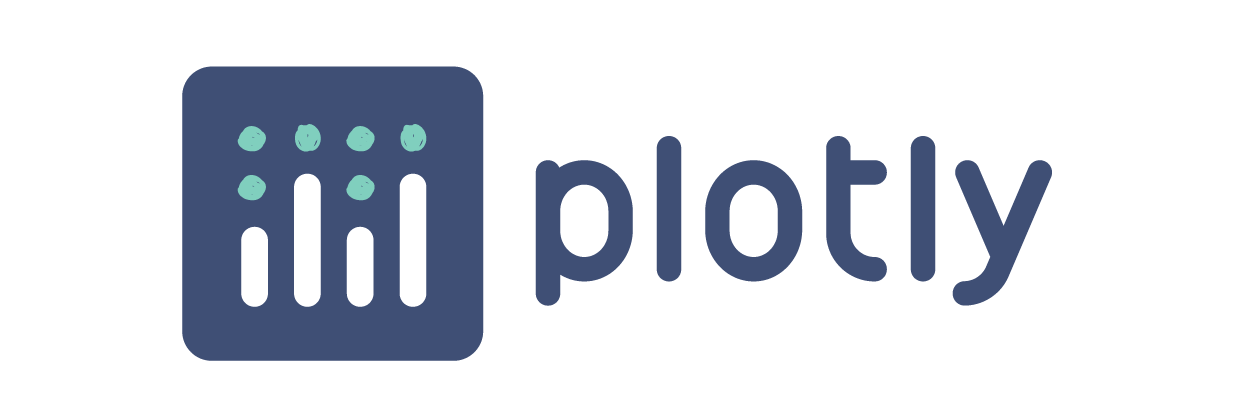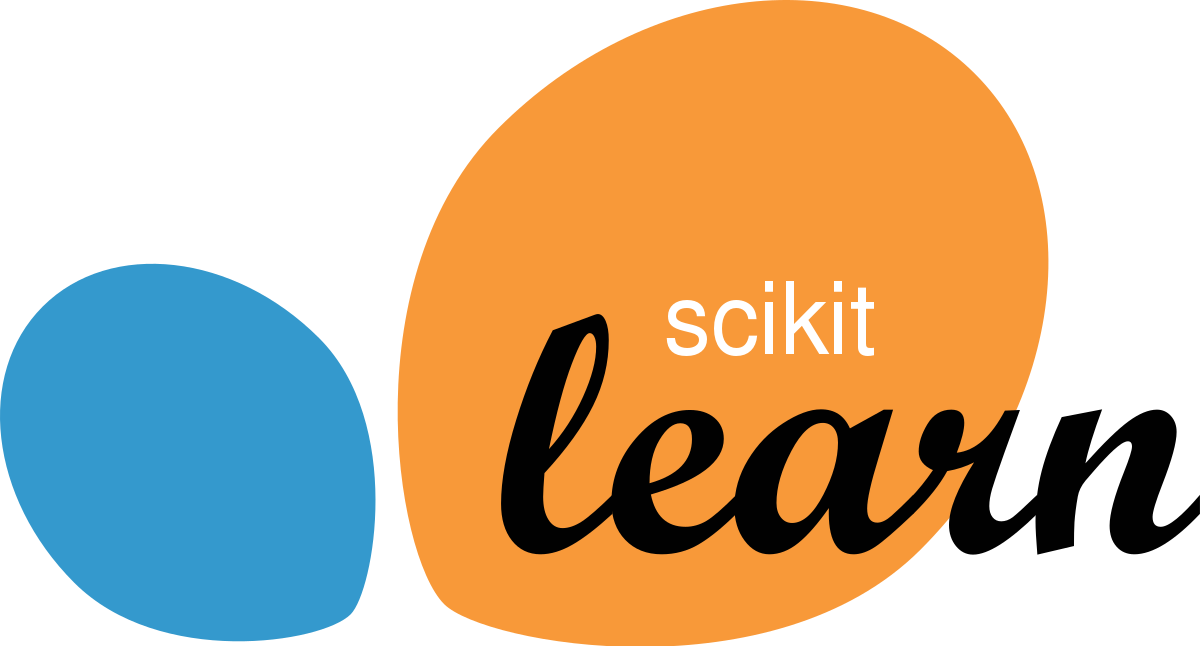How To Install Python For Data Science
Python is a high-level and general-purpose programming language with data science and machine learning packages. Use the video below to install on Windows, MacOS, or Linux. As a first step, install Python for Windows, MacOS, or Linux.
Install Python Packages
The power of Python is in the packages that are available either through the pip or conda bundle managers. This page is an overview of some of the best packages for machine learning and data science and how to install them.
We will explore the Python packages that are normally used for data science and car learning. You may demand to install the packages from the terminal, Anaconda prompt, command prompt, or from the Jupyter Notebook. If you lot accept multiple versions of Python or accept specific dependencies so use an environment managing director such as pyenv. For almost users, a single installation is typically sufficient. The Python parcel manager pip has all of the packages (such as gekko) that we need for this form. If there is an authoritative access error, install to the local contour with the --user flag.
Install Method #1
Install Method #2
Packages be installed from a Python script although this is non recommended.
from pip._internal import main as pipmain
pipmain( [ 'install' , 'gekko' ] )
List Parcel Version Numbers
Many of the modules come pre-packaged with distributions such as Anaconda. List the current packages and version numbers.
Parcel Version ---------------------------------- ------------------- anaconda-customer ane.vii.2 anaconda-navigator 1.10.0 anaconda-project 0.8.3 beautifulsoup4 4.9.3 conda 4.9.two gekko 0.2.8
Boosted packages for visualization, information science, and machine learning are listed below.
Beautiful Soup

Beautiful Soup is a Python package for extracting (scraping) information from web pages. It uses an HTML or XML parser (lxml) and functions for iterating, searching, and modifying the parse tree.
pip install beautifulsoup4 lxml
Gekko

Gekko provides an interface to slope-based solvers for machine learning and optimization of mixed-integer, differential algebraic equations, and time series models. Gekko provides exact first and 2d derivatives through automated differentiation and discretization with simultaneous or sequential methods.
Keras

Keras provides an interface for artificial neural networks. Keras acts equally an interface for the TensorFlow library. Other backend packages were supported until version 2.4. TensorFlow is now the just backend and is installed separately with pip install tensorflow.
Matplotlib

The parcel matplotlib generates plots in Python.
Numpy

Numpy is a numerical computing package for mathematics, science, and engineering. Many data science packages use Numpy as a dependency.
OpenCV

OpenCV (Open Source Estimator Vision Library) is a bundle for existent-fourth dimension computer vision and developed with support from Intel Inquiry.
pip install opencv-python
Pandas

Pandas visualizes and manipulates information tables. There are many functions that allow efficient manipulation for the preliminary steps of data analysis problems.
Pandas-Profiling

Pandas Profiling generates more than detailed analysis than the pandas describe function. The widgets extension needs to be enabled as part of this installation to apply widget reports that are interactive results in the Python notebook.
pip install pandas-profiling[notebook]
jupyter nbextension enable --py widgetsnbextension
Plotly

Plotly renders interactive plots with HTML and JavaScript. Plotly Express is included with Plotly.
PyTorch

PyTorch enables deep learning, computer vision, and natural language processing. Development is led past Facebook's AI Research lab (Off-white).
Scikit-Learn

Scikit-Learn (or sklearn) includes a wide variety of classification, regression and clustering algorithms including neural network, back up vector auto, random forest, gradient boosting, k-means clustering, and other supervised or unsupervised learning methods.
SciPy

SciPy is a general-purpose package for mathematics, scientific discipline, and technology and extends the base capabilities of NumPy.
Seaborn

Seaborn is built on matplotlib, and produces detailed plots in few lines of code.
Statsmodels

Statsmodels is a parcel for exploring data, estimating statistical models, and performing statistical tests. It include descriptive statistics, statistical tests, plotting functions, and outcome statistics.
Temperature Control Lab

The Temperature Control Lab is used throughout the class for hands-on activities such as the Learn Python and Data Science modules. Data can also be generated from a digital twin simulator if a TCLab device is not connected. Use TCLabModel to generate simulated data wherever TCLab is used to connect Python to the concrete lab.
TensorFlow

TensorFlow is an open source automobile learning platform with particular focus on training and inference of deep neural networks. Development is led by the Google Brain squad.
XGBoost

XGBoost is an open-source in Python and other data science platforms for gradient boosting. Unique features include tree penalization, proportional leafage node shrinking, Newton boosting, and scalable computing architectures. It is oftentimes the tool of choice of winning teams for Kaggle machine learning competitions.

Source: https://apmonitor.com/pds/index.php/Main/InstallPythonPackages
Posted by: jarrettsearpon.blogspot.com


0 Response to "How To Install Python For Data Science"
Post a Comment